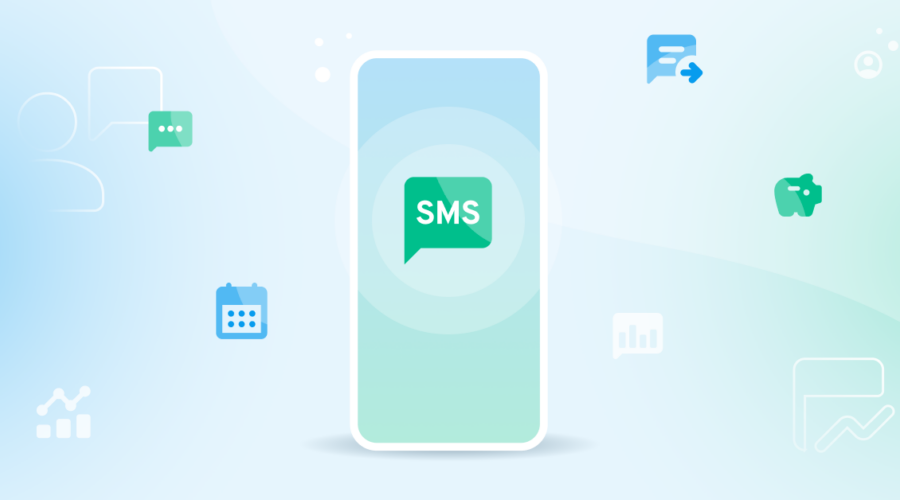It feels like we’ve just started to understand 10DLC registration, and now toll-free verification will be required moving forward (does it ever end? ?).
To help navigate these changes, Let’s walk through some frequently asked questions about toll-free verification and how it may impact your business.
What exactly is toll-free verification?
The toll-free verification process qualifies for messaging traffic. Verification status indicates that your number has carrier approval to send messages within the U.S. and Canada.
To become verified, a number must go through a review process that looks at the sender – the business sending the message–and the use case–why you’re sending messages. Verification status is unique to the number, which means you don’t verify the business, you have to verify every number used by that business.
Verification can benefit your organization because it reduces the number of false-positive blocks and helps increase message deliverability on a single toll-free number.
Remember, verification doesn’t guarantee that a number won’t experience blocking. However, as long as the sent traffic aligns with the use case, you outlined on your application, if/when blocking does happen, we can work faster with our peers to share campaign details with the mobile operator and ask for blocks to be removed.
Who needs to go through the toll-free verification process?
All toll-free numbers must be verified before September 30th, when the new carrier requirement takes effect. This includes numbers that will only receive inbound content, as they will need to support “STOP,” “HELP,” and all other industry keywords that require a response.
What does this mean for business messaging?
Toll-free verification has come around as part of a larger push from carriers and the telecom industry to crack down on spam and restore public trust in A2P text messaging. While verification sets us up for future success, some costs must be considered today.
These aren’t direct costs – the application process is free – but rather indirect costs from longer timelines to start sending from a new number. Previously, you could purchase and begin sending traffic from toll-free numbers immediately. Since verification is a manual review process, you should now expect it to take 1-2 weeks to verify and send traffic from a new number.
The good news is you can speed up processing time on the submission side by using a bulk form if your organization uses multiple toll-free numbers. This is usually easier for the Toll-Free Aggregator to process since some information will be consistent across numbers – such as opt-in and privacy notices.
To help our customers, Bandwidth is currently working to build an API to automate submissions and make this an all-around easier process.
What if I don’t verify my toll-free numbers?
After September 30th, if you try to send messaging traffic from a toll-free number that hasn’t gone through the verification process, you will experience service interruptions that vary across carriers. In addition, if an unverified toll-free number is blocked, we will not be able to unblock the messaging traffic until the number is registered.
Get help with toll-free verification
We’re your trusted partner to guide you through these changes and the toll-free verification process. You can register your toll-free messaging traffic through Bandwidth by completing the toll-free verification brief or bulk verification form available on our support website. We will then submit your brief to the Toll-Free Messaging Aggregator on your behalf.
I hope we answered some of your questions about toll-free verification. If you want to ask any more questions or want to talk with any of our messaging experts, don’t hesitate to reach out!




